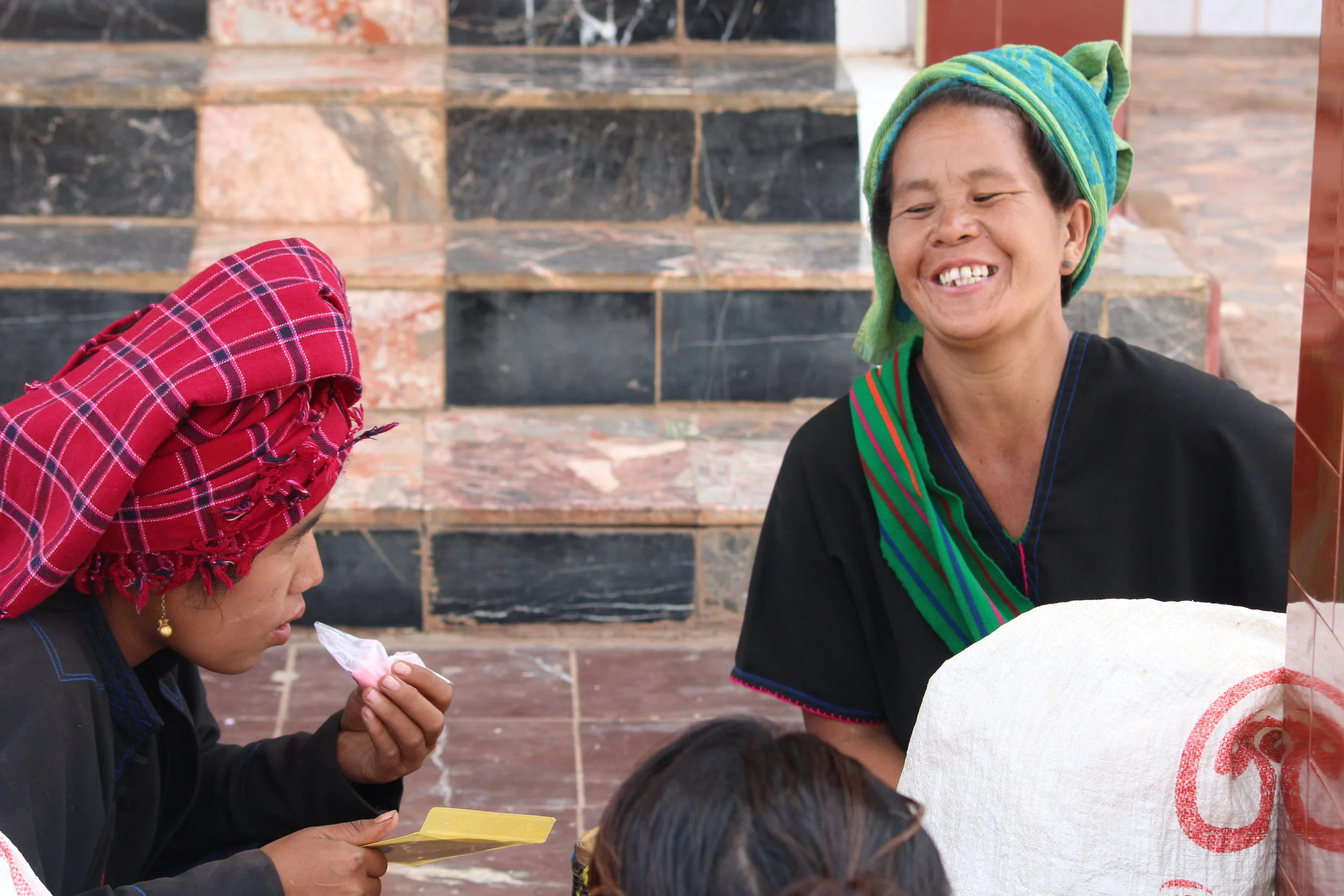This blog post is a summary from the Gender Lens Social Impact Investing panel at the Good Deals conference that I chaired, with speakers Katherine Miles, Servane Mouazan and Katrina Cruz.
It’s 100 years since (some) women in the UK won the right to vote, yet they are still underrepresented in Parliament and in business. This year, companies more than 250 employees in the UK also have to publish their gender pay gap data for the first time - and three weeks before the deadline, 5 out of 6 have yet to submit their figures on the website. There is no better time than now to talk about gender and reflects on how it plays out in the impact investing and social enterprise world. In 2016, only 9% of the £3.58billion invested in start-up’s went to companies with at least one female founder.
Are social ventures and impact investors doing any better? There is a definite shift in social ventures having women at the helm - 41% of the UK’s social enterprises led by women. A new INSEAD study shows that “the strictly commercial venture was perceived to be more viable when it was pitched by the man, but the gender penalty vanished when the pitch also included information emphasising its social mission”. Social enterprises seem to be a more levelled playing field for both genders.
Yet, what about on the investors side? In a piece of research that my firm commissioned, among 83% of social investors surveyed, women made up less than 25% of those making investment decisions. This is still an area of under-representation, but the Economist’s article earlier this month shows the promise of women rising as investors - by 2020 they are expected to hold $72trn, 32% of the total private wealth, with most of the private wealth that changes hands in the coming decades is likely to go to women.
And here comes in gender lens investing. We had a diverse room of attendees, and most of them have not heard of the term before. The term gender, as our panelist Katherine Miles mentioned, refers to social relations between men and women, which is socially constructed and can change over time and from place to place. Criterion Institute defines it as “incorporating a gender analysis into a financial analysis in order to get better decisions”. In short, it is not just about investing in women, but because of imbalances between men and women as outlined earlier, a lot of the focus is indeed on women and girls. Katherine describes five lenses in gender lens investing, and these lenses can be applied individually or simultaneously, ideally intentionally:
1. Access to capital/ Increasing capital to women entrepreneurs/ women owned SMEs: this is where investors proactively seek to channel capital to women entrepreneurs on the basis they are an underserved group. Examples: EBRD women in business programme, IFC’s WeFI initiative (women entrepreneur’s finance initative)
2. Promoting gender equity in the workplace/ value chain i.e. promoting women as leaders, employees and distributors: Examples: Nordea’s study; JITA Bangladesh; Sama Source
3. Products and services that benefit women and girls: Examples: SPRING Accelerator; Ogunte’s Make a Wave programme (by our speaker Servane Mouazan)
4. Gender transformative Investing in ventures that seek to address the root causes or structures of gender inequalities to achieve longer term or transformative change. Examples: Timewise; Menstrupedia; Lensational (my own venture)
5. Investor make up and practice/ women as investors. Investors considering and strengthening their own practices. Examples: Women in Social Finance; Acumen and ICRW’s review
From the definitions above, some of gender lens investing intersect with social impact investing, using gender lens investing to actively addressing societal challenges and creating positive outcomes.
And for many – intersectionality is also an approach in gender lens investing. Intersectionality is a sociological theory describing multiple threats of discrimination when an individual’s identities overlap with a number of minority classes — such as race, gender, age, ethnicity, health and other characteristics. Our speaker Servane reminded us that in the United States, less than 0.3% Venture Capital-backed startups are owned by black women, compared to less than 1% black-owned, 5% owned by women.
In this series, the next blog posts will talk about the why of gender lens investing, some of the trends and barriers and call to action. Tweet #genderlensinv to continue the conversation.

